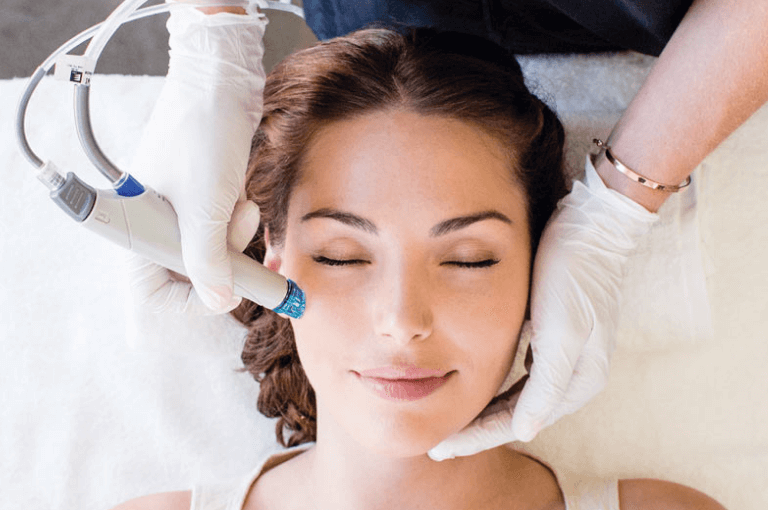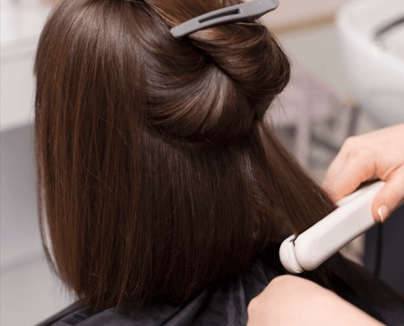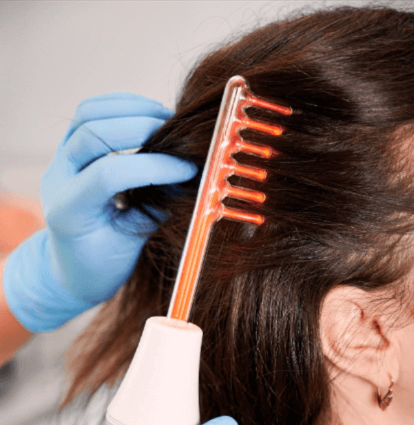Laser therapy has emerged as one of the most effective options for treating both active acne and acne scars, especially when traditional treatments like topical creams or oral medications fall short. But with so many types of laser treatments available, choosing the right one can be overwhelming.
In this guide, we’ll explore the most popular types of laser treatments for acne, how they work, what skin concerns they address, and how to determine which one might be best for your unique skin.
How Does Laser Treatment Work for Acne?
Laser acne treatments use focused light energy to target various causes of acne and acne scarring:
- Kills acne-causing bacteria
- Shrinks oil glands (sebaceous glands)
- Reduces inflammation
- Resurfaces skin to treat scarring
- Stimulates collagen production
- Improves skin tone and texture
Depending on your specific skin needs, your dermatologist will recommend a laser treatment that targets the root cause of your acne or its lingering scars.
1. Blue Light Laser Therapy (LED Light Therapy)
Best for: Mild to moderate active acne
How it works:
- Targets and kills Cutibacterium acnes (formerly Propionibacterium acnes), the bacteria responsible for breakouts.
- Anti-inflammatory effects reduce redness and swelling.
Pros:
- Painless and non-invasive
- No downtime
- Can be combined with topical treatments
Cons:
- Multiple sessions required
- Not effective for severe acne or scarring
2. Intense Pulsed Light (IPL)
Best for: Inflammatory acne, redness, and mild acne scars
How it works:
- Uses broad-spectrum light (not a true laser) to penetrate the skin and reduce redness, pigmentation, and inflammation.
- Helps shrink sebaceous glands and improve skin tone.
Pros:
- Improves skin discoloration and texture
- Minimal discomfort and downtime
- Treats both acne and post-inflammatory hyperpigmentation
Cons:
- Not suitable for darker skin tones
- Multiple sessions needed
3. Pulsed Dye Laser (PDL)
Best for: Red, inflamed acne and post-acne redness
How it works:
- Emits yellow light that targets blood vessels in inflamed pimples.
- Reduces redness and helps control active breakouts.
Pros:
- Excellent for treating inflammatory acne and rosacea-related breakouts
- Safe for most skin types
- Minimal side effects
Cons:
- May require multiple sessions
- Temporary bruising can occur
4. Nd:YAG Laser
Best for: Moderate to severe acne, oily skin, and skin tightening
How it works:
- Penetrates deep into the skin to reduce oil production and bacteria.
- Promotes collagen remodeling and reduces inflammation.
Pros:
- Safe for darker skin tones
- Reduces active acne and early signs of scarring
- Minimal downtime
Cons:
- Less effective on deep scarring
- Results can be gradual
5. Fractional Laser (Fraxel, Fractional CO2)
Best for: Acne scars, uneven skin texture, enlarged pores
How it works:
- Creates microthermal zones in the skin to stimulate collagen production and skin renewal.
- Targets specific areas while leaving surrounding tissue intact for faster healing.
Types:
- Non-ablative fractional lasers (e.g., Fraxel): Lower downtime, more gradual results.
- Ablative fractional lasers (e.g., Fractional CO2): More aggressive, better for deep scars, longer recovery.
Pros:
- Improves skin texture, tone, and acne scarring
- Long-lasting results
- Customizable intensity
Cons:
- Moderate downtime (especially with ablative lasers)
- May not be suitable for darker skin tones
6. CO2 Laser Resurfacing
Best for: Deep acne scars, uneven skin texture, aging skin
How it works:
- Removes outer layers of skin and heats underlying tissue to trigger collagen production.
- Great for resurfacing pitted or boxcar scars.
Pros:
- Dramatic results for deep scarring
- Can improve fine lines and overall skin quality
Cons:
- Requires significant downtime (7–14 days)
- Higher risk of pigmentation changes in darker skin tones
- More discomfort compared to other lasers
Comparing Laser Treatment Options
| Laser Type | Best For | Downtime | Suitable for Darker Skin? |
|---|---|---|---|
| Blue Light | Mild acne, oily skin | None | Yes |
| IPL | Redness, pigmentation | Low | Not recommended |
| Pulsed Dye Laser (PDL) | Inflammatory acne, redness | Low | Yes |
| Nd:YAG | Moderate acne, oily skin | Minimal | Yes |
| Fractional Laser | Scars, texture, large pores | Moderate | Depends on laser |
| CO2 Laser | Deep scars, advanced skin resurfacing | High | Use with caution |
Which Laser Treatment Is Right for You?
The ideal laser treatment depends on several factors:
- Type of acne (active vs. scars)
- Severity of condition
- Skin tone and type
- Budget and availability
- Willingness for downtime
General guidance:
- Active acne: Blue light, PDL, Nd:YAG
- Red or inflamed acne: PDL, IPL
- Mild scars and uneven tone: Fraxel, IPL
- Deep scarring: Fractional CO2, CO2 laser
Consult a Dermatologist
Before choosing a laser treatment, consult a board-certified dermatologist or licensed skincare specialist. They can assess your skin, identify the type and severity of your acne or scars, and recommend the safest and most effective laser for your goals.
Final Thoughts
Laser treatments offer real results for people struggling with acne and acne scars. With a variety of options available—from gentle blue light to powerful CO2 lasers—there’s a solution for almost every skin type and concern. The key is choosing the right laser technology, administered by a skilled professional, to achieve safe, noticeable, and long-lasting results.




